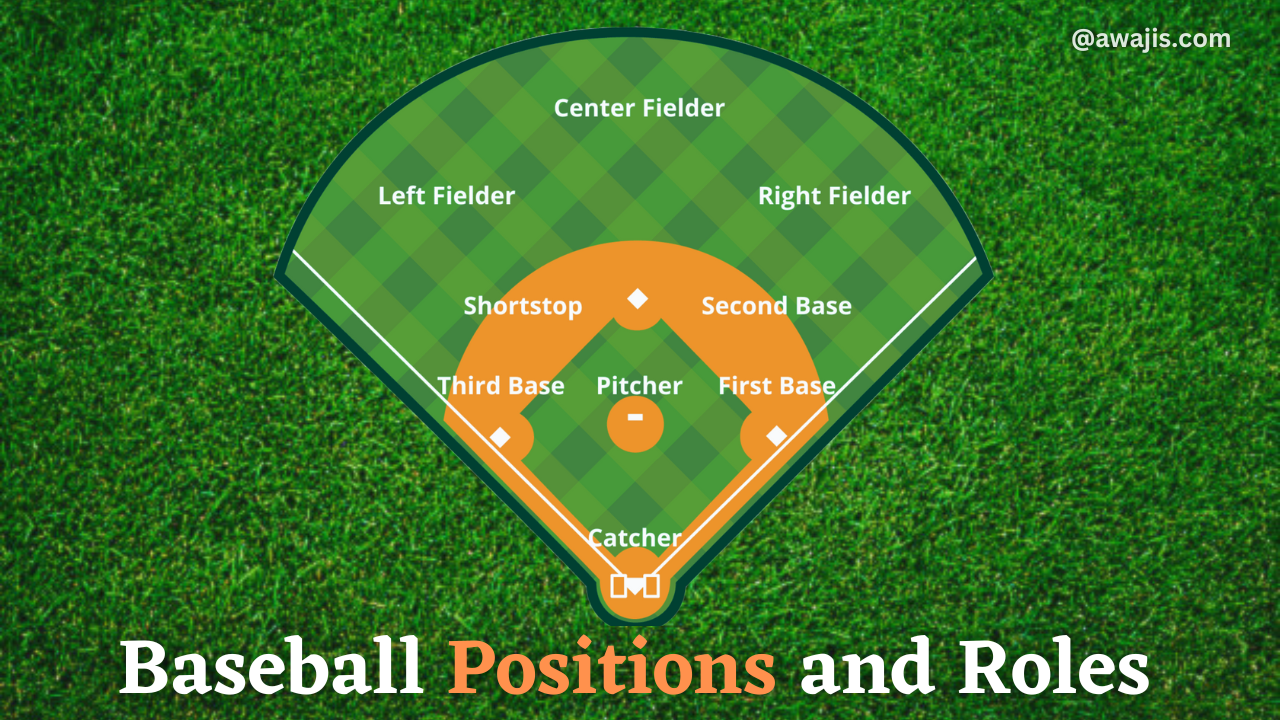Baseball Positions and Roles (Explained)
Are you a baseball fan? or are you new to baseball and want to know all the positions and roles? Read on!
Baseball is an interesting sport and can only progress with the designation of positions and roles. These positions and roles divide the team into offensive and defensive positions, respectively, with each member playing an important part.

There are nine positions in baseball, and there are: pitcher (1), catcher (2), first base (3), second base (4), third base (5), shortstop (6), left field (7), center field (8) and right field (9) and also Designated Hitter (DH)
Each player is denoted by numbers, and these numbers are used for scorekeeping.
It is important to know the different positions, roles, and lineup details in baseball to be a valued member of the team and to understand the sport better.
To learn more about these positions and roles, continue reading!
Baseball Positions and Roles of Players
Below are the positions in baseball and the role each player plays.
1. Pitcher
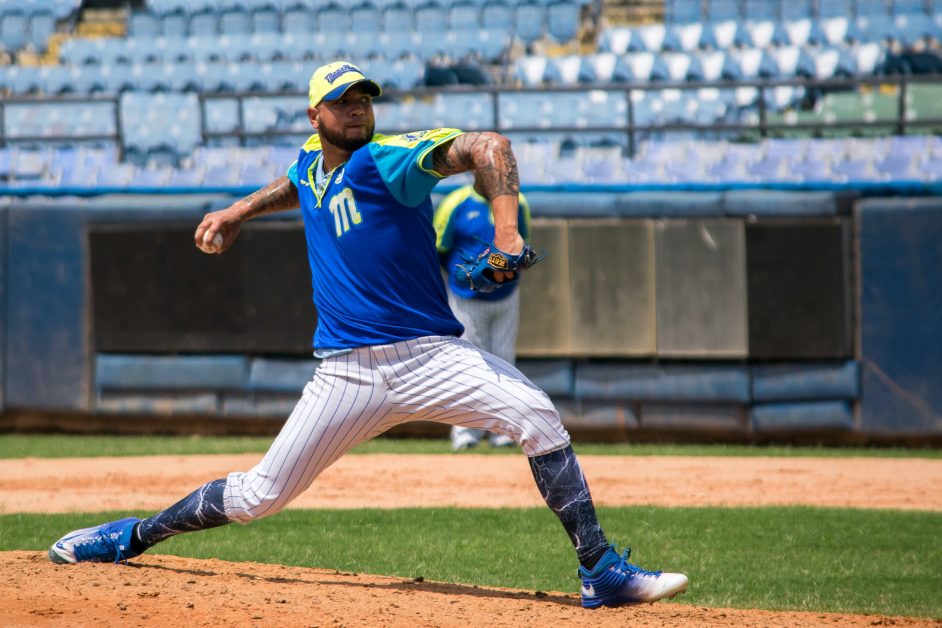
The pitcher is the central figure on the field. When the game starts, it comes alive with the pitcher’s throw. The pitcher is responsible for throwing the baseball to the opposing team’s batter. They play a vital role in the defensive aspect of baseball, aiming to prevent the opposing team from scoring.
They achieve this by throwing strategic pitches, which require skill and mastery of different types of pitches, such as curveballs, sliders, and more. Good pitchers aim to generate weaker contact from the opposing hitters, making defensive plays easier for their team.
Their goals include striking out batters and minimizing walks, ultimately limiting the opponent’s scoring opportunities.
2. Catcher
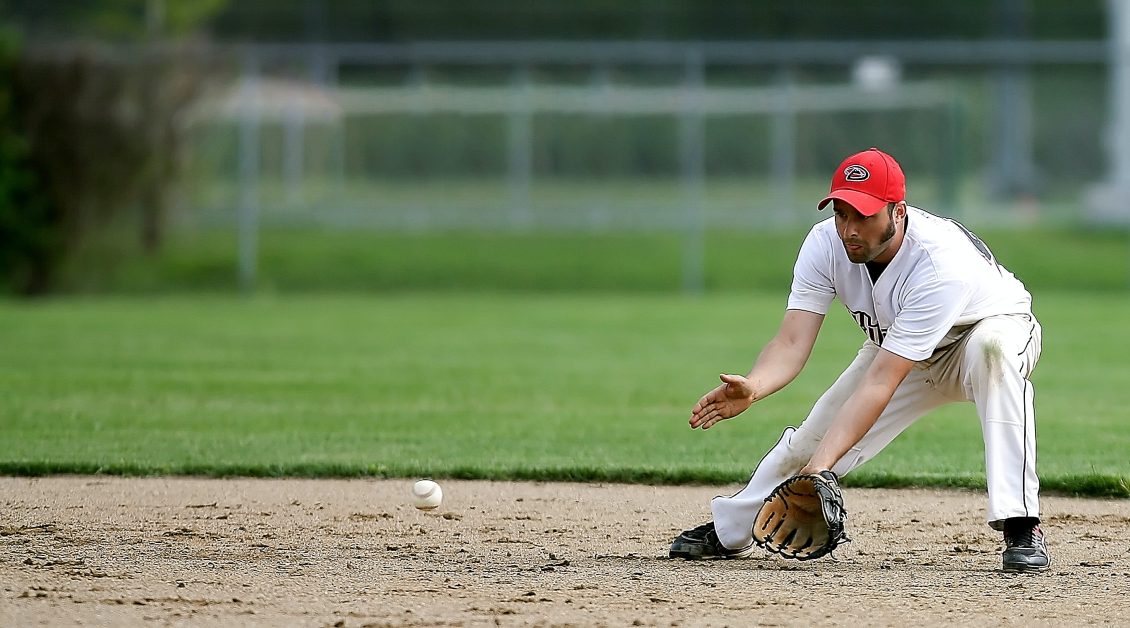
Their primary role as the pitcher’s partner is to receive all of the pitcher’s throws
Catchers are also members of the team’s defense, preventing the opposing team from scoring by advising the pitcher on what type of pitch will be most effective against a specific batter
They are in charge of fielding pitches, issuing signals, and organizing the defense well. Also, the catcher plays a crucial role in preventing stolen bases and fielding bunts.
Baseball, as physically demanding as it is, is also a game of mental strategy, and the catcher plays an important role in this part of the game.
3. First Baseman

The first baseman is positioned close to the first base and to the right of the pitcher when viewed from home plate. Their main role is to catch throws from other infielders or the catcher, as well as field ground balls batted in their direction.
The first baseman has the following main responsibilities, which include fielding skills, receiving throws, and holding runners. First basemen, aside from pitchers and catchers, typically see the most action during a game.
4. Second Baseman
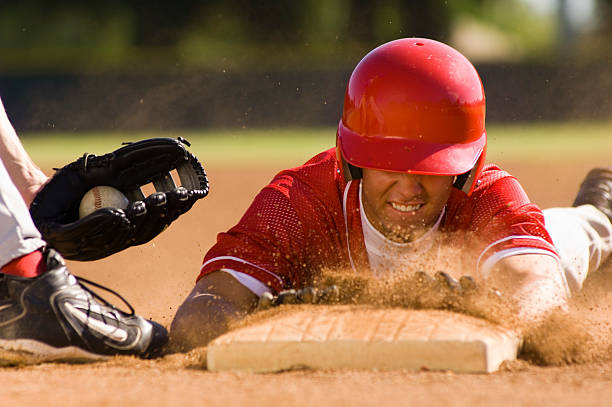
The second baseman stands between first and second base, and to the right of second base in the game. They play a variety of roles, including fielding ground balls, turning double plays, and covering the base. The roles are double plays, fielding range, and base coverage.
5. Third Baseman
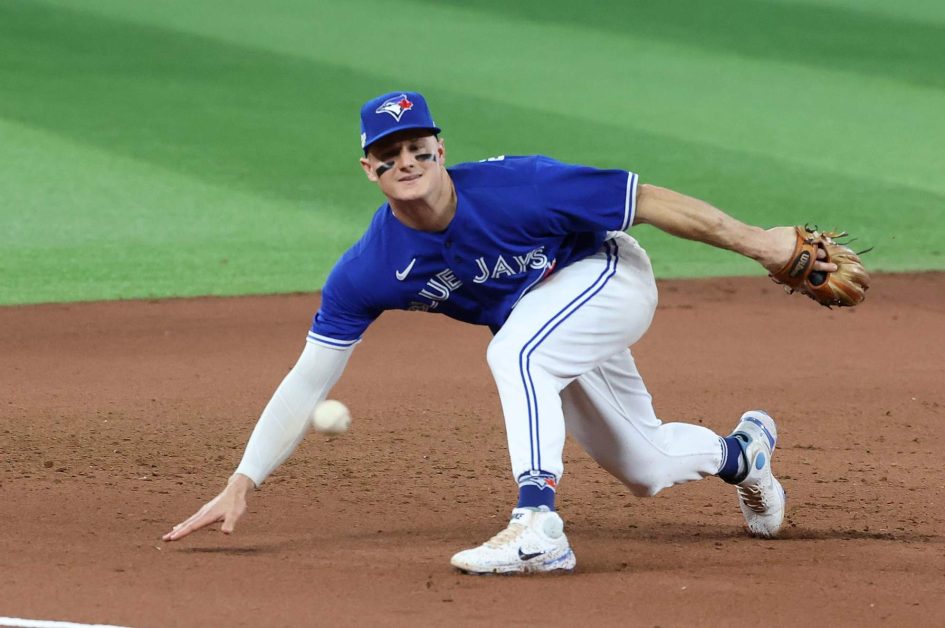
The third baseman plays an important role in the game as they are positioned close to third base and to the left of the shortstop. Their role requires quick reflexes, powerful throws, and outstanding field skills.
6. Shortstop
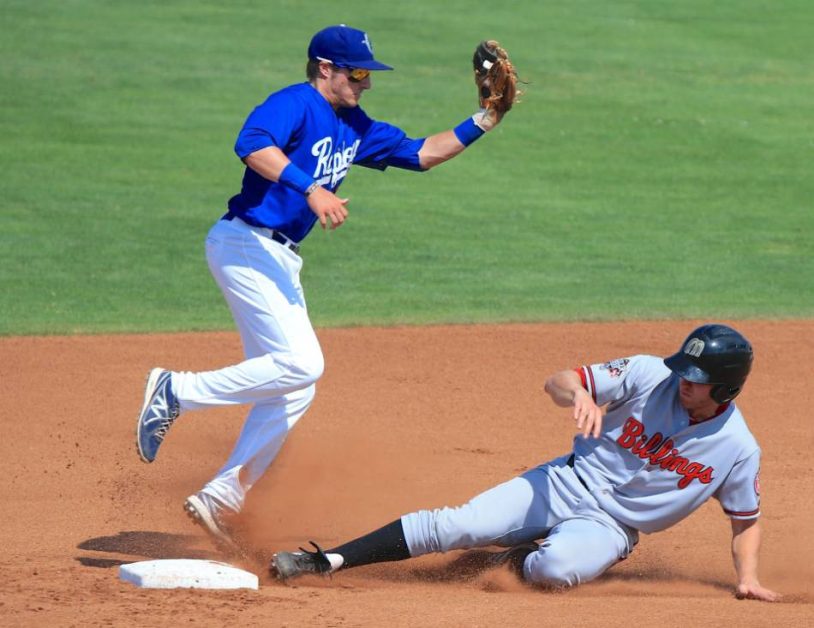
Shortstops are the players who stand between the second and third base bags. Meaning they can play the role of both positions. The shortstop has all the skills required by each baseball position. A good shortstop must have a broad range, a powerful arm, and the ability to catch batted balls.
7. Center Fielder

Center fielders must catch fly balls much like the other field players. The center field position, however, is in charge of guarding the largest portion of the field among the three fielding positions. This applies to both the right-center and left-center alleys.
They are likely to have a broad range as a result. Additionally, center fielders require a strong throwing arm because they sometimes need to throw the ball far to bases like home, third, and second.
8. Right Fielder
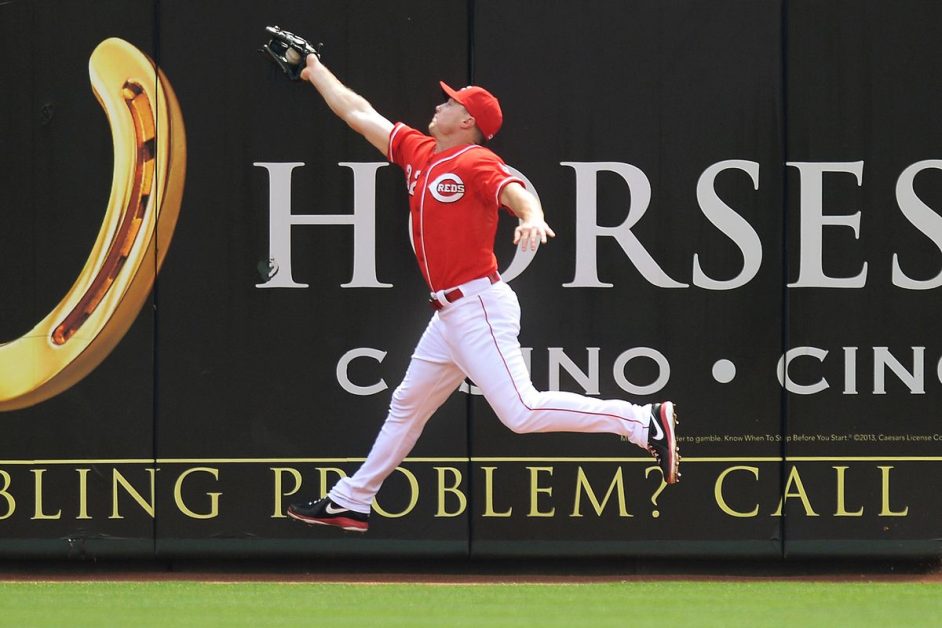
The right fielder completes the outfield quartet. They play a vital role in protecting the infield defense against hits to the right side of the outfield.
Right fielders need a variety of skills, such as good range, strong fielding prowess, and an accurate throwing arm. They need to be skilled at interpreting the flight path of fly balls and choosing effective methods to make catches.
Right fielders are frequently put to the test with challenging throws like playing balls off the outfield wall or making accurate throws to stop runners from reaching third base or home plate.
9. Left Fielder
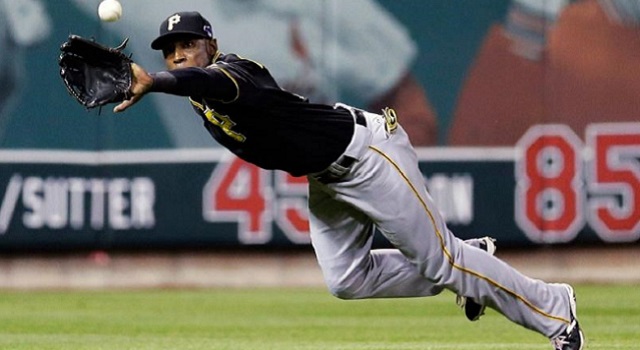
The left fielder stands in the left corner of the outfield in the game. Their main role is to stop baserunners from going to additional bases and to defend against hits. Left fielders need to be able to track and catch fly balls that hit in their direction as well as have good range and agility.
They must have quick reflexes to respond to line drives and a powerful arm to make accurate throws to infielders or cutoff players. In order to maintain a strong defense and stop runners from exploiting inaccurate throws, left-fielders also play a critical role in backing up throws from other fielders.
10. Designated Hitter
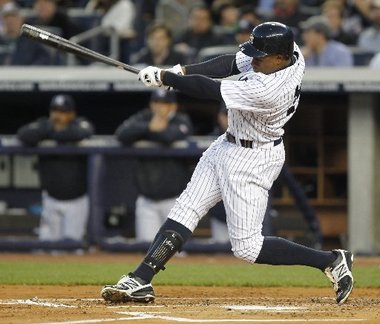
The DH takes over the offensive responsibilities of the pitcher in leagues where the designated hitter rule is in place. By designating a hitter who is focused on hitting, this unique role enables teams to optimize their lineups. The DH adds a second power bat to the lineup, improving the team’s offensive potential without compromising defensive positions.
Frequently Asked Questions
What is the base of baseball?
Base in baseball is one of the four corners runners touch to score. They’re located in a diamond-shaped field.
How many bases are in baseball?
Baseball has four bases positioned around the diamond-shaped field for runners to reach and advance during gameplay.
What are base players called?
Base players are commonly referred to as infielders since they defend the bases close to the batter’s area and play a crucial role in fielding and throwing.
How many hours is a baseball game?
A baseball game usually lasts around three hours, although the duration can vary depending on game flow, pitching changes, and extra innings.
How many teams make baseball?
Baseball involves multiple teams participating in leagues like Major League Baseball (MLB), which comprises 30 teams divided into the American League and National League.
Who are the infielders?
The first baseman, second baseman, shortstop, and third baseman make up the infielders. They work as a compact defensive group that is in charge of fielding ground balls and throwing the ball accurately.
What is a strikeout in baseball?
A strikeout happens when a batter fails to make contact with three strikes. A strike is called when a pitched ball passes through the strike zone, and the batter does not swing or successfully hit the ball.
Conclusion
Knowing the different positions and their responsibilities in baseball is essential for both players and fans. Each position holds a unique role, from the pitcher dictating the game’s pace to outfielders preventing hits. Infielders execute defensive maneuvers, while catchers lead the team’s coordination.
Baseball is a collaborative sport that depends on clear communication among teammates. Understanding these individual roles can enhance one’s appreciation and enjoyment of the game while also promoting teamwork and unity among teammates.
Read Related
- What is MVR in Baseball, and what is it for? [Detailed Explanation]
- 12 Best Base Building Games For iOS (2025 Updated)
- 200 Dirty Fantasy Football Names
Feel Free to Comment and Share!
